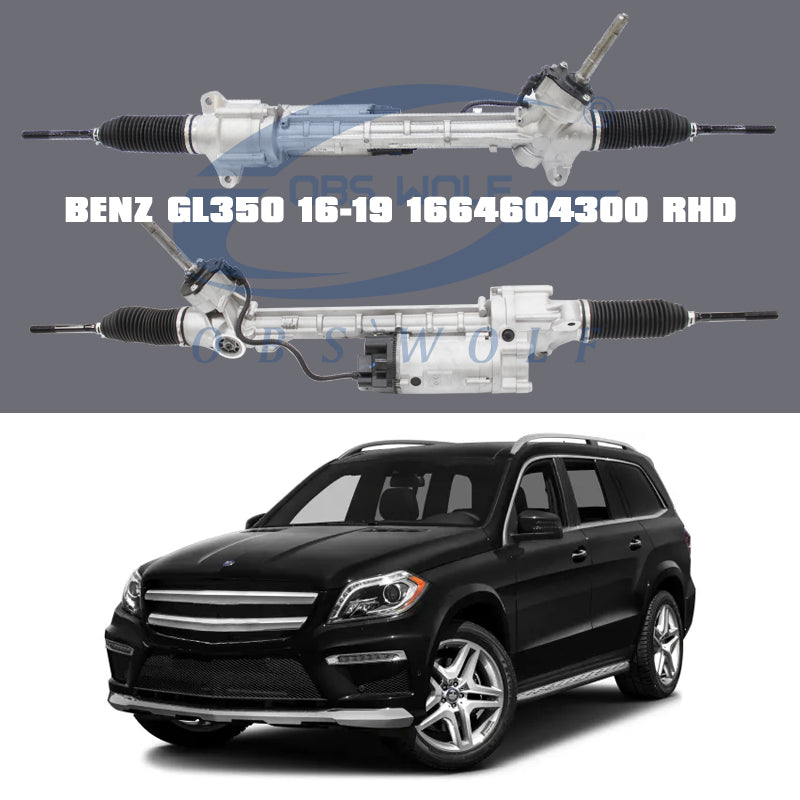
That feeling is unmistakable and instantly alarming. You go to make a normal turn, and suddenly the steering wheel is incredibly heavy, stubbornly fighting your every move. Your heart skips a beat. You’ve just experienced a loss of power steering assist.
This is a serious situation, but panicking is the worst thing you can do. Here’s a straightforward, step-by-step guide on how to handle it safely without mentioning any brand names or repair costs.
First, Don't Panic. You Can Still Steer.
The most important thing to remember is that the mechanical connection between your steering wheel and the wheels is still intact. You haven't lost steering; you've lost the assistance that makes it easy. The vehicle can still be controlled, but it will require significantly more muscle.
Immediate Actions: What To Do Right Now
1.Grip the Wheel Firmly: Use both hands. The steering wheel can kick back or become very difficult to turn, especially at low speeds. A firm grip keeps you in control.
2.Do Not Slam on the Brakes: Your instinct might be to stop immediately. Resist it. Braking hard shifts weight forward and can make the already-heavy steering even more unresponsive. Instead, ease off the accelerator pedal smoothly.
3.Turn on Your Hazard Lights: This is crucial. It signals to everyone around you that you are experiencing a problem and are likely moving slower or acting unpredictably.
4.Find a Safe Place to Pull Over: Look for a wide, flat area like a parking lot or a straight, wide shoulder. Avoid hills or curves if possible. You need space to stop without having to make sharp maneuvers.
5.Use More Force to Steer, But Be Smooth: To change direction or pull over, you will need to apply substantial force. Do it in a smooth, deliberate manner. Jerky movements can lead to overcorrecting.
6.Stop the Vehicle: Once you are in a safe location, come to a complete stop and put the transmission in Park (for automatic) or in gear (for manual). Keep your hazard lights on.
What Not To Do
Do not continue driving to your destination. It is dangerous and puts excessive stress on the steering components.
Do not ignore it, assuming it will get better. The problem requires attention.
Do not attempt to drive at high speeds. The steering will feel unnervingly light and vague if you do, which is just as dangerous as it being heavy.
After You've Stopped Safely
Now that you're off the road, assess the situation.
Check for Obvious Issues: Pop the hood (if it's safe to do so) and take a quick look. Is there fluid leaking? Is the drive belt for the steering pump still in place and intact? Do not touch anything hot.
Call for Assistance: This is not a "drive to the shop" kind of problem. You need professional help. Call for a tow truck or roadside assistance to have the vehicle transported to a repair facility. Explain that you have a complete loss of power steering.
The Bottom Line
Losing power steering assist is a jarring experience that demands immediate respect. Your primary job is not to diagnose the problem on the side of the road, but to safely get yourself and your vehicle out of harm's way. Stay calm, grip the wheel, signal your distress, and get off the road. Then let a professional handle the rest. Safe driving is about managing problems correctly when they arise.